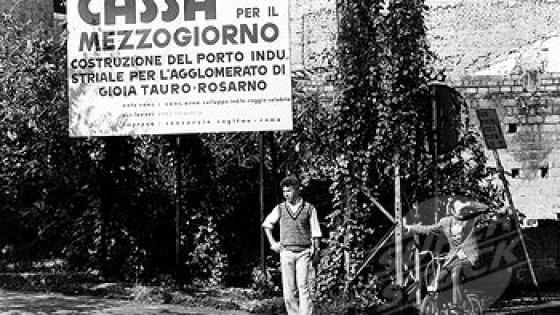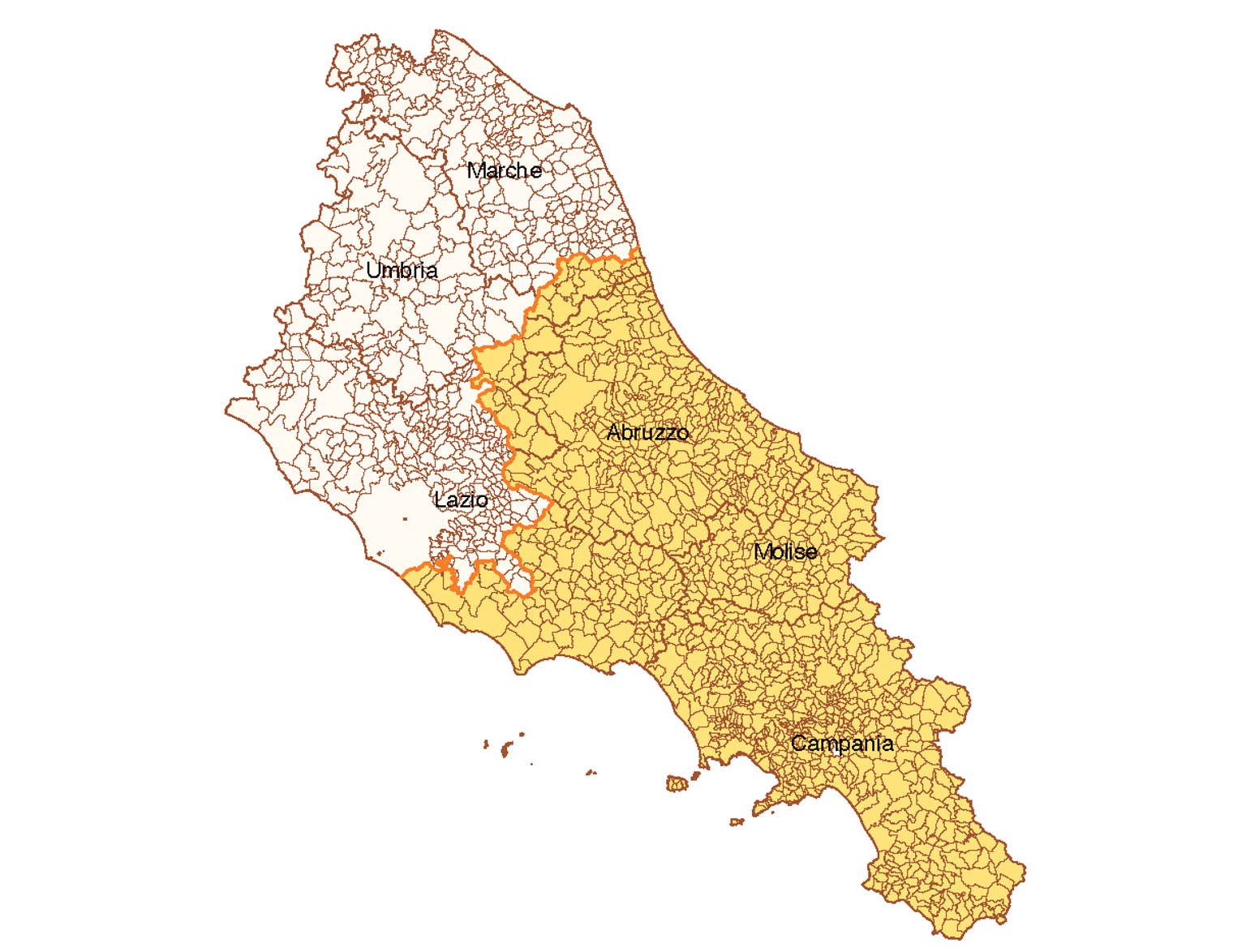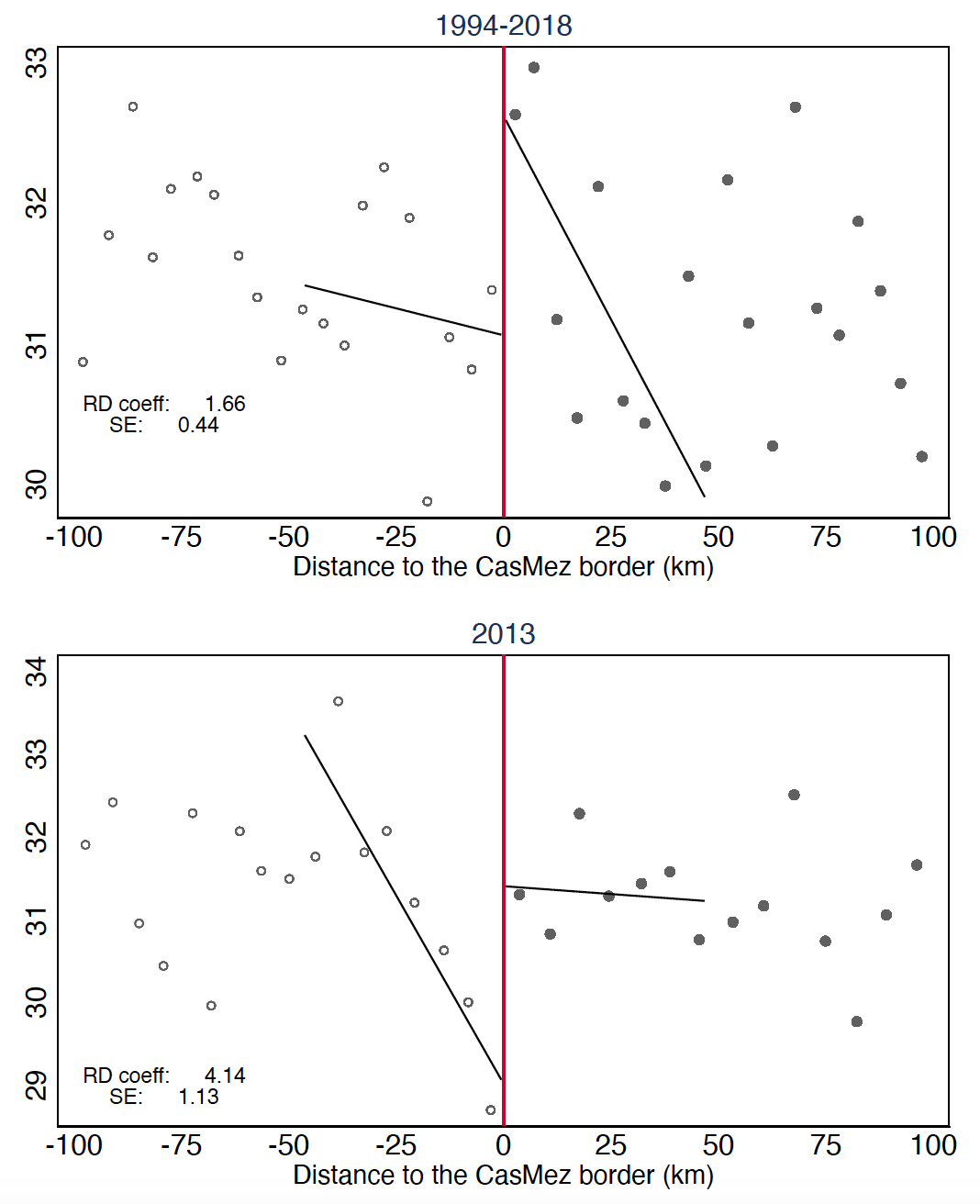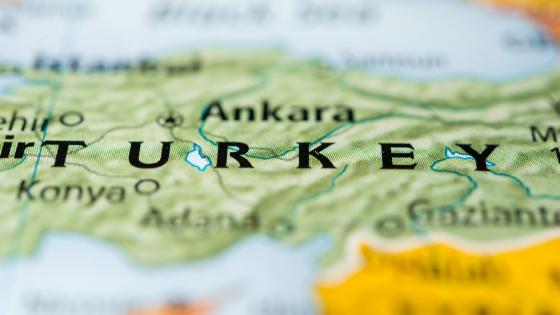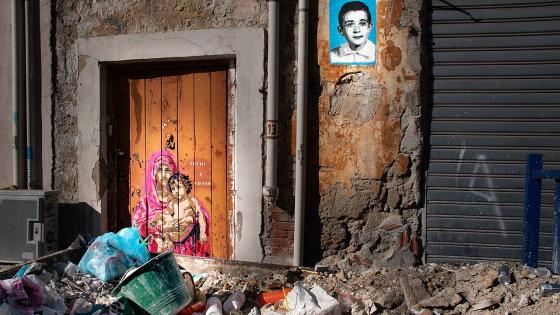There is undoubtedly a renewed interest in industrial policies, including regional ones (Juhász et al. 2023, Venables 2024). Place-based programmes, in particular, have recently come under close scrutiny in Europe, where spatial disparities have been on the rise (von Ehrlich and Overman 2020; see also the CEPR agenda on spatial disparities). While more and more evidence is being produced on the economic effects of regional policies, not much is known about their unintended consequences, for example, on voting outcomes in the long run.
An established finding in political economy is that government transfers tend to generate electoral rewards for the incumbent that promotes them (De La O 2013). In this column, we move one step forward, asking whether the electoral effects of transfers persist over time and go beyond pro-incumbent voting. In particular, we aim to establish whether, even long after the programme's conclusion, exposure to state intervention leads to better electoral results for parties advocating a more active role of the state in the economy.
We present the results of a recent paper (Albanese et al. 2023) focusing on Italy, a much studied case of regional divergence and state intervention (Barone and de Blasio 2023). We document a key fact: communities that have benefitted from a regional programme continue to support welfare policies, regulation and redistribution at the polls long after the end of the programme, and regardless of which party proposes these policies.
The Cassa Il Mezzogiorno
We study a large place-based policy – the extraordinary intervention conducted in Southern Italy over the second half of the 20th century. The programme was initiated in 1950 by the incumbent Christian Democratic Party and carried out by a state-owned agency called Cassa per il Mezzogiorno (CasMez). Between 1950 and 1992, the CasMez conveyed large amounts of financial resources – in the form of firm subsidies and infrastructure spending – towards the South to stimulate economic development. Initially led by a technocratic steering committee, the management of the CasMez shifted over the years in the hands of local politicians. Starting from the mid-1970s, CasMez resources progressively became welfare transfers to local communities (Felice and Lepore 2017).
Measuring support for state intervention
We focus on national general elections taking place after the end of the extraordinary intervention in 1992. Among these, we look closely at the 2013 election, which took place more than two decades after the end of the programme and which, after a very long time, elicited voters’ views on the role of the state in the economy. This followed the first appearance of a new party (5-Star Movement) as a strong contender to mainstream parties and proposing a large redistributive programme, more regulation and less competition in the domestic market.
To measure voters’ support for state intervention, we exploit the scores developed by the Manifesto Project (Volkens et al. 2019), which denote the position of parties across different categories based on their manifesto. Among the categories included in the Manifesto Project’s classification, we focus on those capturing a party’s pro-state position (“Market regulation”, “Economic planning”, “Controlled economy”, “Nationalisation” and “Welfare state expansion”), which we then combine in a composite party-level score. This score is mapped at the municipality level using party vote shares to build the main outcome.
A border analysis
The specific locations targeted by regional policies tend to differ from other areas in terms of local conditions. To the extent that such differences are correlated with voting outcomes in the future, a simple comparison of treated (subsidised) versus untreated municipalities would give rise to selection issues. To isolate exogenous variation in transfers, we exploit the historical border separating the CasMez territorial jurisdiction from the rest of Italy (see Figure 1) and run a spatial regression discontinuity experiment.
Figure 1 The CasMez border
Source: Albanese et al. (2023).
The border was set by policymakers in 1950 and did not change until the end of the programme in 1992. It does not systematically overlap with the administrative borders that delimit Italian regions and has never been considered for any other place-based programme in Italy. Thanks to historical records of parliamentary discussions, we further document that the setting of the border was largely informed by technical reasons related to the execution of infrastructure projects and therefore likely immune to political interference, which we confirm by inspecting discontinuities in electoral outcomes before 1950. We also fail to detect meaningful jumps in baseline geographic, economic and demographic covariates at this cutoff. These considerations suggest that differences in outcomes across this border arguably refer to the past exposure to CasMez intervention and not to other, possibly unobserved treatments.
More support for state intervention, or something else?
We document that parties with pro-state, welfare-oriented platforms performed better in municipalities previously more exposed to CasMez aid. This result holds on average across elections and is most pronounced more than two decades after the termination of the programme in the context of the 2013 vote. Figure 2 illustrates our main results, plotting the index of voters’ support for state intervention around the CasMez border. We detect a positive but small discontinuity for the pooled (1994-2018) sample of elections after the end of the programme (top panel). The jump at the border is larger for the 2013 election in isolation (bottom panel), when views on the role of the state in the economy where strongly elicited from the electorate.
Figure 2 Support for state intervention at the CasMez border
Source: Albanese et al. (2023).
One possible concern is that these findings are driven by other attitudes within the electorate, which are correlated with our index of support for state intervention. In particular, our results for 2013 might be driven by differential populist stances, which were also on the rise during those years particularly within the 5-Star Movement’s electorate. To alleviate these concerns, we show that there are little or no discontinuities in voters’ views on a diverse range of topics made available by the Manifesto Project, including in a score aimed at capturing voters’ anti-establishment attitudes.
What explains our findings?
Standard channels highlighted in the political economy literature, such as reciprocity (Finan and Schechter 2012) or poor information of voters (Manacorda et al. 2011), rely on a direct relationship between the government that enacted the policy and voters/recipients. These channels can be ruled out in our set-up, as virtually all of the parties in place during the extraordinary intervention disappeared from the Italian political landscape following corruption scandals in the early 1990s.
As such, our findings are likely to reflect a shift in voters’ support for more state intervention in the economy, regardless of the party advancing these proposals. They might thus be explained by the fact that CasMez brought economic development to previously depressed areas south of the border. This, however, does not seem to be the case. Our evidence suggests that the policy mildly stimulated employment while it was in place but failed to induce self-sustained economic benefits.
Why would people vote for more state intervention even in the absence of long-term economic benefits? We address other potential mechanisms. We show that the past effects of the intervention are still reflected in the economic and demographic structure of the targeted municipalities, which as a consequence might differ from other areas in the composition of voters. For example, parties promoting more state intervention might perform better in areas with larger industry base (such as those south of the CasMez border, as we document in the paper), as the decline in manufacturing that has occurred in Italy (and most advanced economies) over the past decades might have induced voters in those areas to demand more protection from the state.
Another mechanism we consider using data from the World Values Survey is that individual attitudes towards the role of the state in the economy have responded to past state intervention, which has in turn translated into voting for pro-state parties. For instance, government intervention can alter perceptions about the role of effort as a driver of individual success (Alesina and Angeletos 2005, Alesina and Fuchs-Schündeln 2007) which might then be at the basis of this preference shift.
Conclusions
We show that a programme aimed at jumpstarting economic development in backwards areas had effects on local voting outcomes that persisted long after its termination. As the debate on industrial and place-based policies intensifies, our contribution introduces a new perspective on these interventions and their unintended consequences, providing a more complete picture for policymakers.
References
Albanese, G, G de Blasio and L Incoronato (2023), “Government Transfers and Votes for State Intervention”, American Economic Journal: Economic Policy, forthcoming.
Alesina, A and G-M Angeletos (2005), “Fairness and Redistribution”, American Economic Review 95(4): 960–980.
Alesina, A and N Fuchs-Schündeln (2007), “Good-bye Lenin (or Not?): The Effect of Communism on People’s Preferences”, American Economic Review 97(4): 1507–1528.
Barone, G and G de Blasio (2023), “Place-based policies in the Italian case, part 1: A lot of money for little or no growth”, VoxEU.org, 31 January.
De La, O and L Ana (2023), “Do Conditional Cash Transfers Affect Electoral Behavior? Evidence from a Randomized Experiment in Mexico”, American Journal of Political Science 57(1): 1-14.
Felice, E and A Lepore (2017), “State intervention and economic growth in Southern Italy: the rise and fall of the ’Cassa per il Mezzogiorno’ (1950-1986)”, Business History 59(3): 319–341.
Finan, F and L Schechter (2012), “Vote-Buying and Reciprocity”, Econometrica 80(2): 863–881.
Juhász, R, N Lane and D Rodrik (2023), “The New Economics of Industrial Policy”, VoxEU.org, 4 December.
Manacorda, M, E Miguel and A Vigorito (2011), “Government Transfers and Political Support”, American Economic Journal: Applied Economics 3(3): 1–28.
Venables, A J (2024), “The case for place-based policy”, CEPR Policy Insight No 128.
Volkens, A, W Krause, P Lehmann, T Matthieß, N Merz, S Regel and B Weßels (2019), “The Manifesto Data Collection”, Manifesto Project MRG/CMP/MARPOR, Version 2019b.
von Ehrlich, M and H Overman (2020), “Place-Based Policies and Spatial Disparities across European Cities”, Journal of Economic Perspectives 34(3): 128-49.
